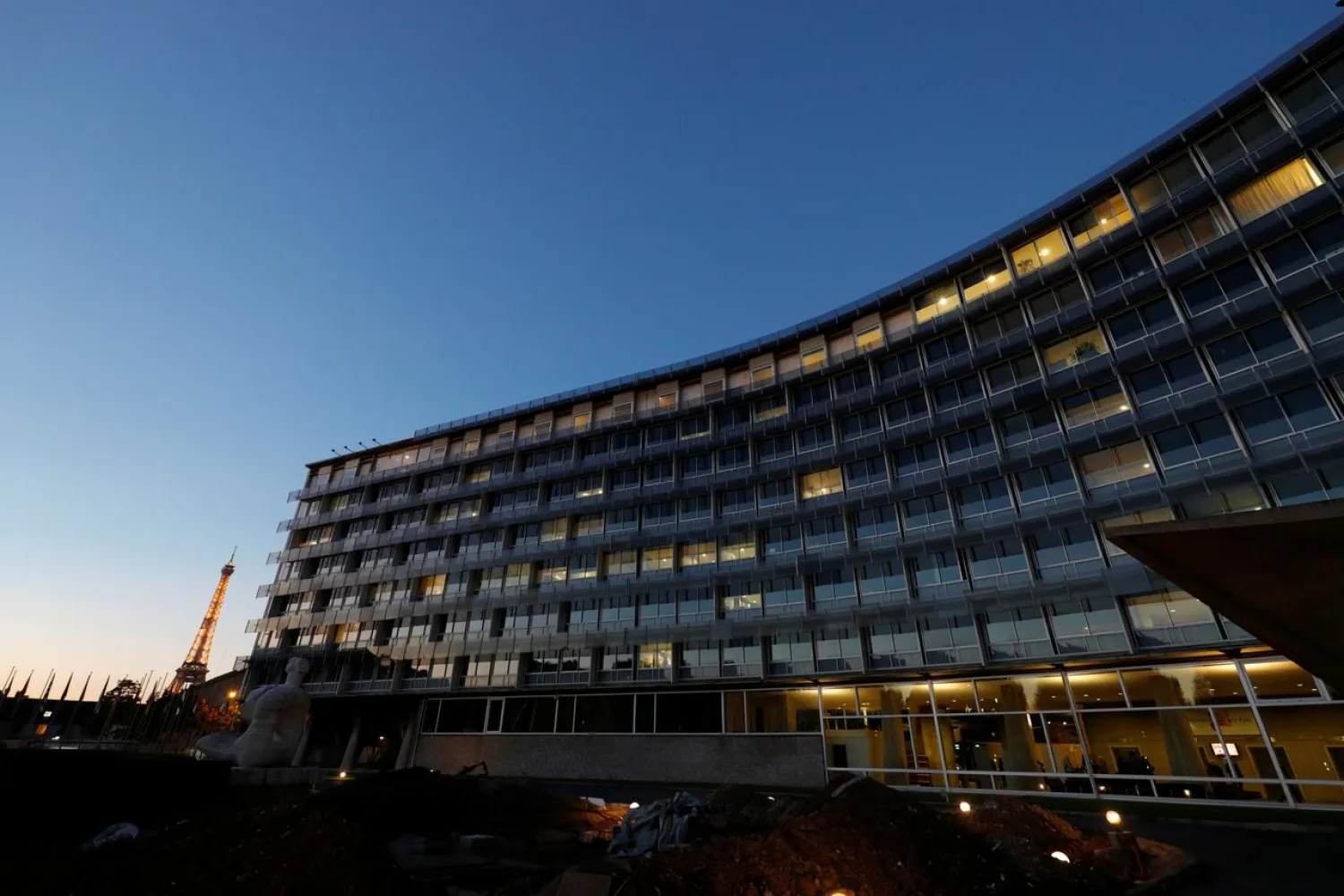Vince Zampella, the acclaimed co-creator of video gaming juggernaut "Call of Duty," has died in a car crash, gaming giant Electronic Arts confirmed on Monday. He was 55.
The developer and executive died on Sunday while driving his Ferrari on a scenic road north of Los Angeles, according to local broadcaster NBC4.
"For unknown reasons, the vehicle veered off the roadway, struck a concrete barrier, and became fully engulfed," the California Highway Patrol said in a statement, without identifying the two victims in the crash.
The CHP added that both the driver and a passenger who was ejected from the vehicle succumbed to their injuries, reported AFP.
Witnesses posted video of the mangled cherry-red Ferarri, engulfed in flames, on the mountain road. The cause of the crash remains under investigation.
His studios created some of the world's best-selling video games, and Zampella was considered an innovator in first-person military shooter style games.
This year, when his "Battlefield 6" video game set a new sales record for the franchise, Zampella expressed gratitude, saying "we never take moments like this for granted" -- despite a long career of success in gaming.
The mass-combat game has won over 100 million players in the past two decades, in its various iterations.
And yet, that number isn't a first. To this day, "Call of Duty" boasts more than 100 milion active players, monthly.
"You have that dream of the game being popular, but I don't think you're ever ready for that level of success," Zampella told gaming site IGN in a 2016 interview.
Profound, far-reaching
Zampella was best known for co-creating the "Call of Duty" franchise and founding Respawn Entertainment, the studio behind "Titanfall,Apex Legends," and the "Star Wars Jedi" games.
After starting out in the 1990s as a designer on shooter games, he co-founded Infinity Ward in 2002 and helped launch "Call of Duty" in 2003. Activision later acquired his studio.
He left Activision under contentious circumstances and established Respawn in 2010, which Electronic Arts acquired in 2017.
At EA, he eventually took charge of revitalizing the "Battlefield" franchise, cementing his reputation as one of the most influential figures in modern first-person shooter games.
"This is an unimaginable loss, and our hearts are with Vince's family, his loved ones, and all those touched by his work," Electronic Arts said in a statement.
"Vince's influence on the video game industry was profound and far-reaching," the company said, adding that "his work helped shape modern interactive entertainment."
A statement by Respawn, posted on the "Battlefield" X account, praised Zampella "for how he showed up every day, trusting his teams, encouraging bold ideas, and believing in Battlefield and the people building it."
Zampella "championed what he believed was right for the people behind those studios and our players because it mattered."
"It was a bold, transgressive method of storytelling, of a moment in time that was political, that was violent and that was impactful," Washington Post video game reporter Gene Park told NBC4.
"He really knew how to create stories and create experiences, that really hit at the heart of human experience -- whether it was terror, dread, heroism. I think he was really able to kindof encapsulate that through the designs of the video games that he made," Park said.









